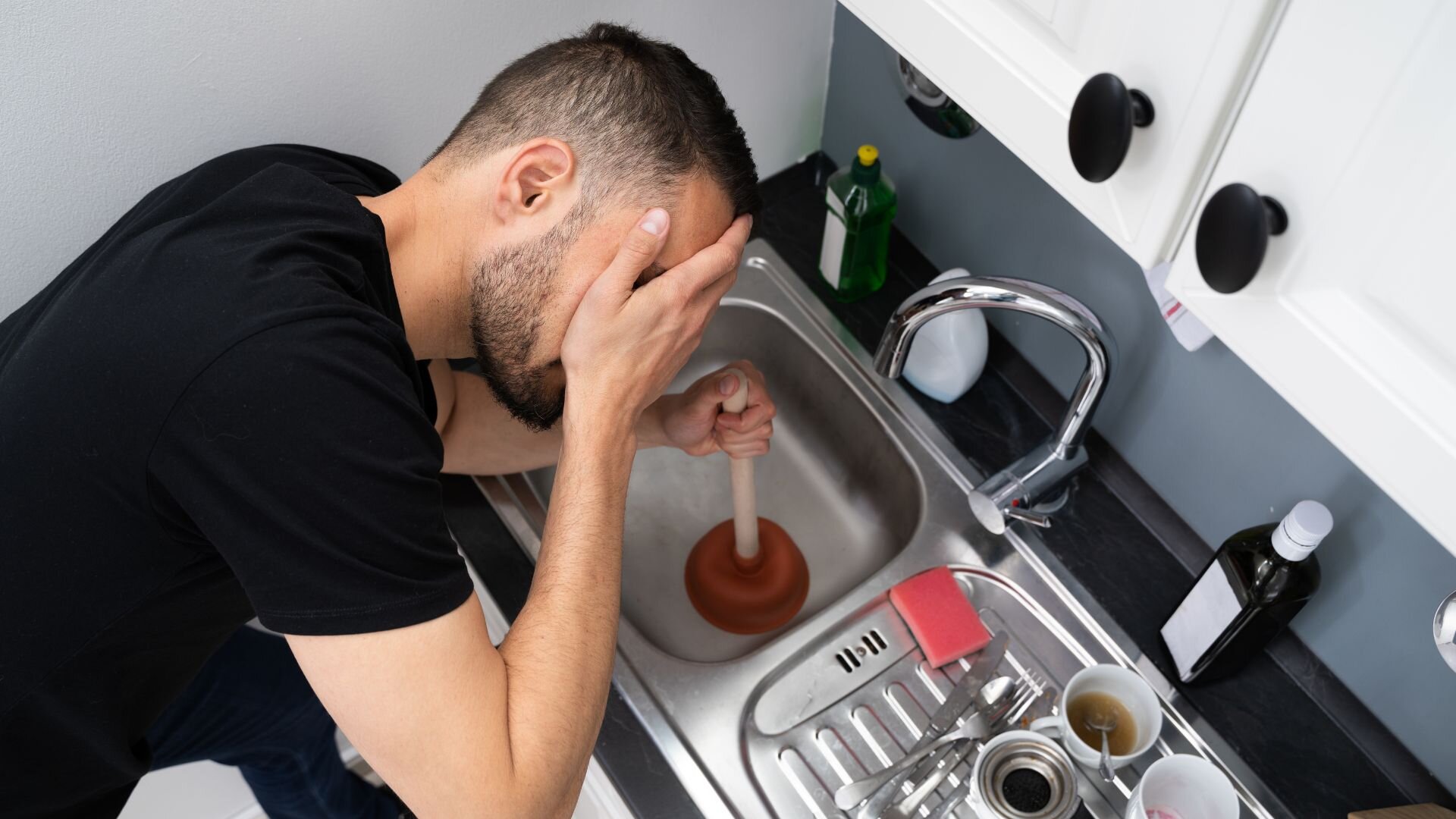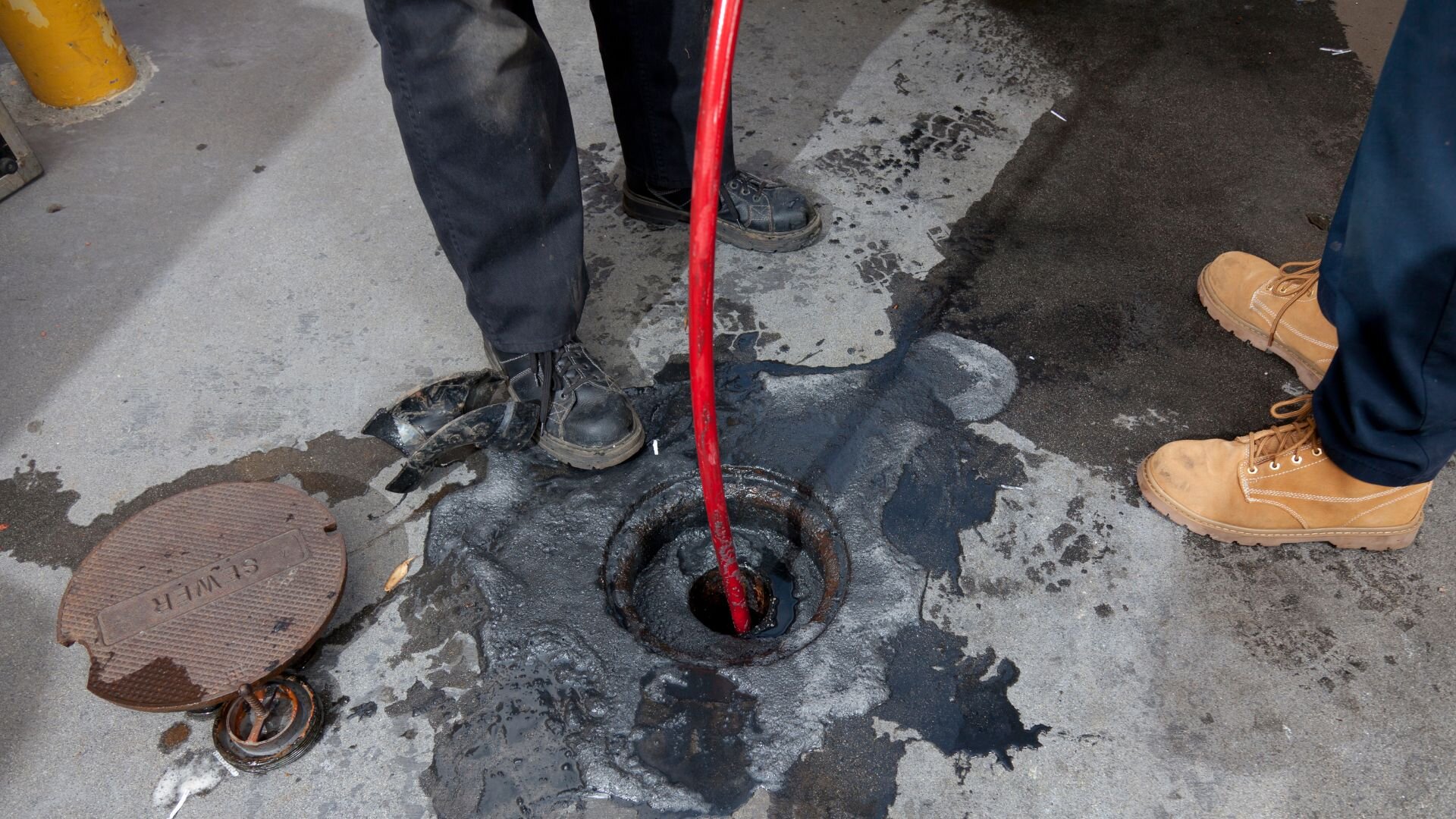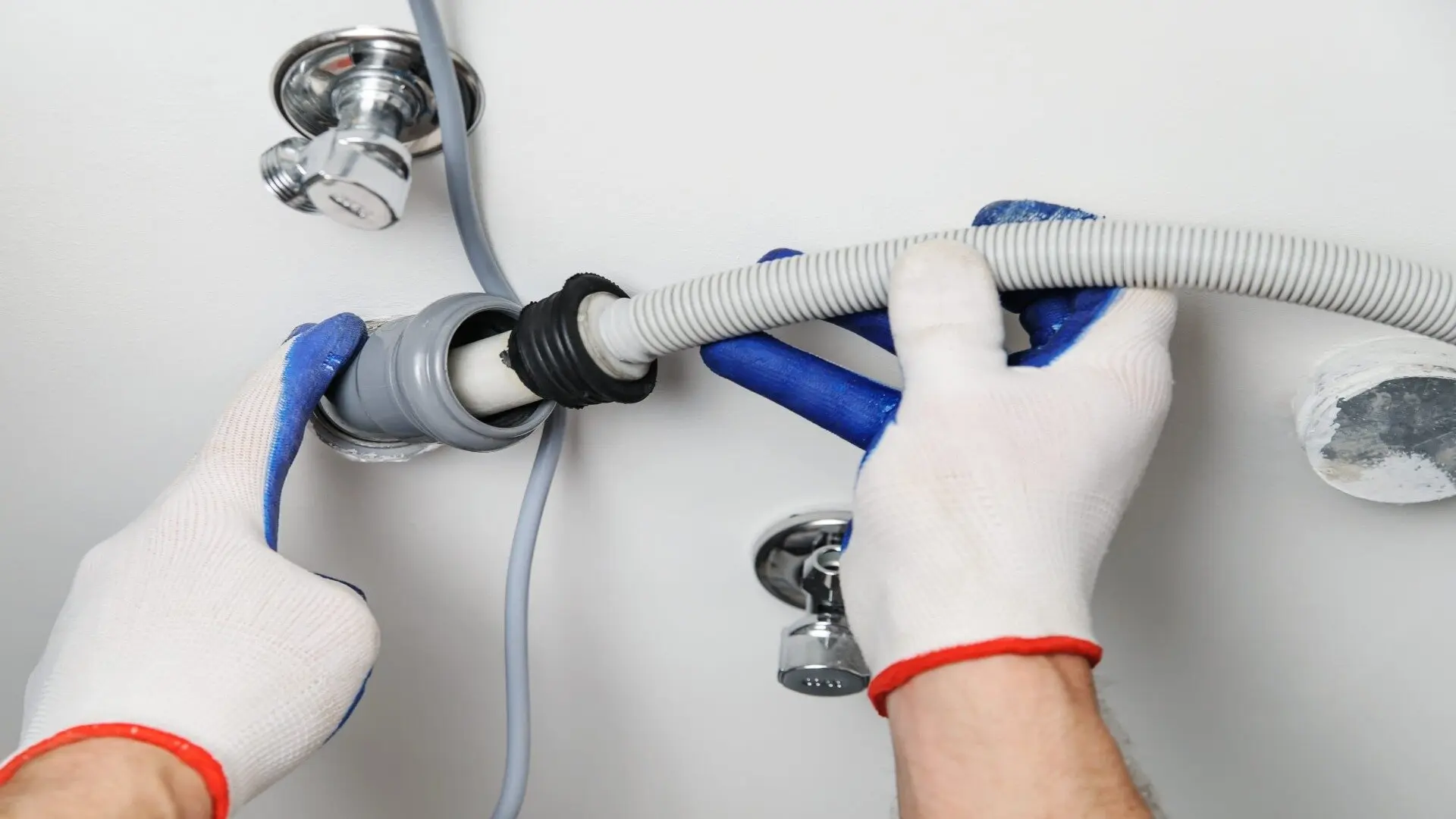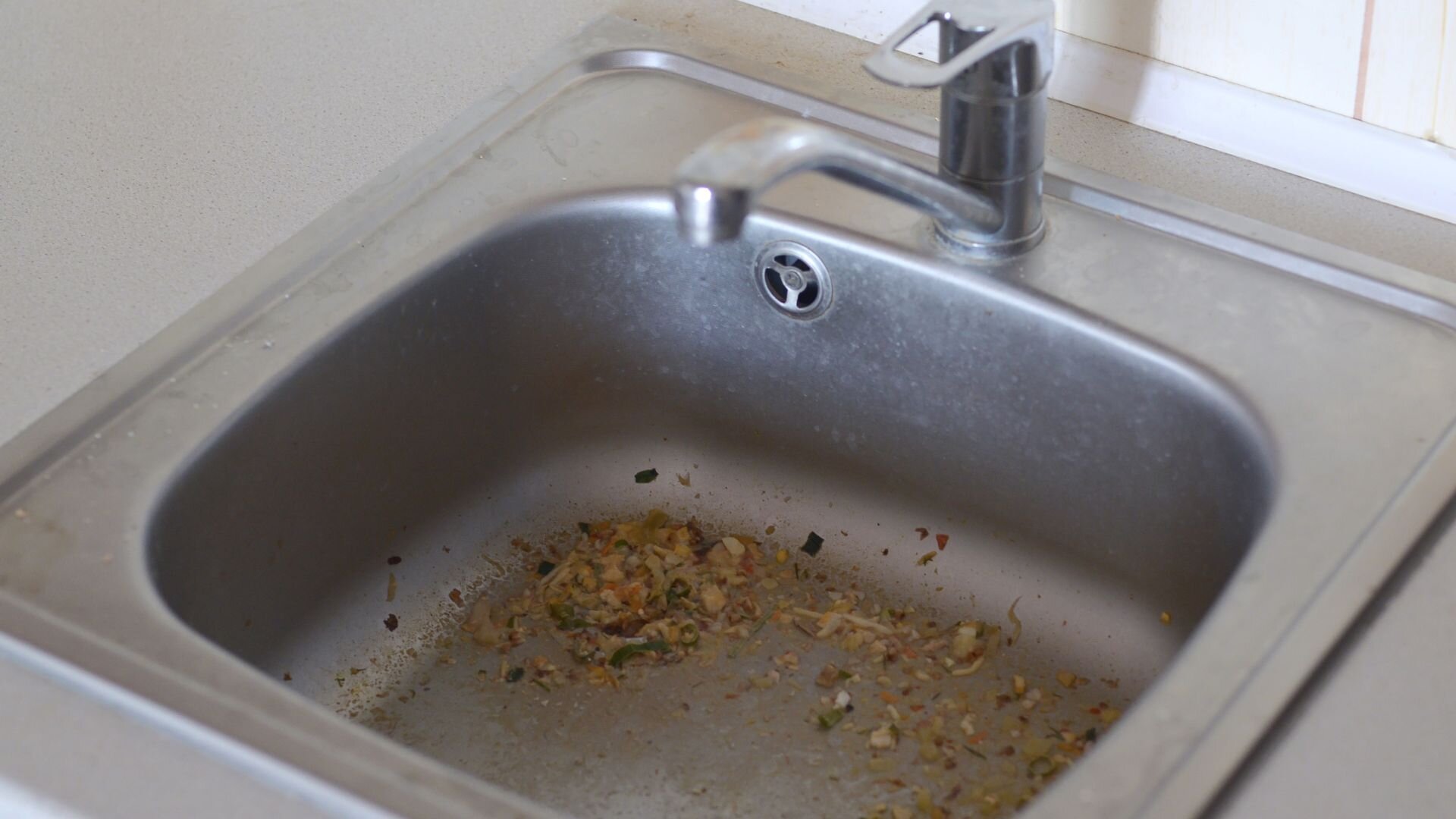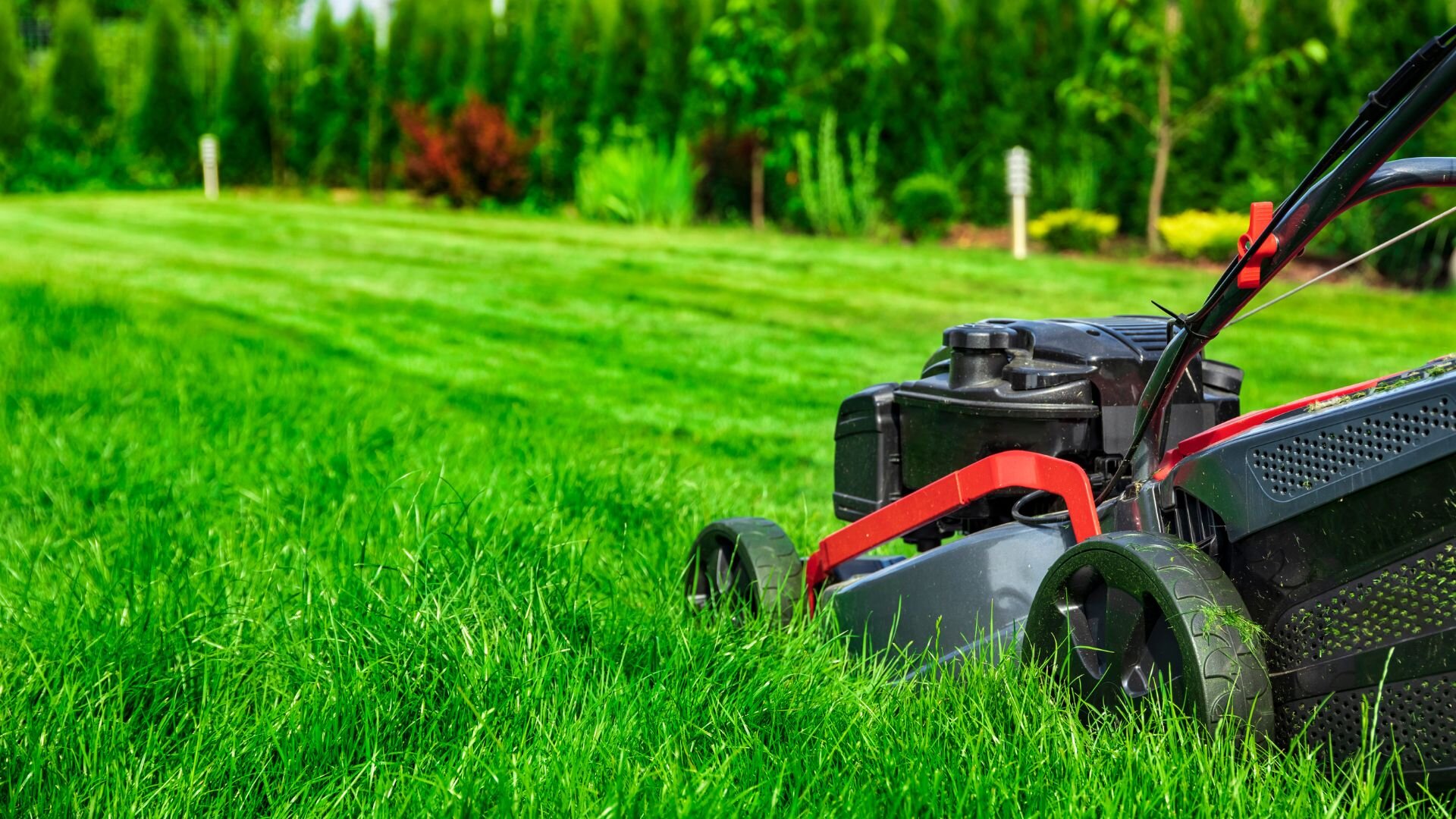
Many Sydney homeowners are all too familiar with soggy yards that never seem to dry. This excess moisture can cause problems like erosion, flooding, mould, and patchy grass. Proper drainage is key to maintaining a healthy lawn, yet not all properties have been designed with effective water runoff systems.
Clever landscaping ideas can turn your backyard into a dry oasis. Start by spotting drainage issues and consider solutions like regrading for better runoff, installing gravel gardens, collecting rainwater, and planting moisture-wicking plants. With a bit of planning and earthwork, you can divert water away from your home, creating more dry areas for relaxing or hosting gatherings.
This guide will examine typical Sydney yard drainage troubles and provide actionable solutions to tame the moisture. Proper planning and preparation allow you to have the driest landscape on the block, no matter the weather. Achieve better drainage and say goodbye to soggy grass and muddy patches with these expert landscaping tips tailored for Sydney homes.
Examining Drainage Troubles in Sydney Yards
Poor drainage is one of the most prevalent issues facing Sydney yards and gardens. With the city?s average annual rainfall of over 1,200 mm, combined with primarily flat topology and clay-based soils, moisture frequently overwhelms landscapes. Up to 80% of local properties contend with soggy sections or pooling water after storms.
Typical drainage problems seen in the area include:
- Insufficient slope or grading - Water cannot run off efficiently without angled grading. Most backyards have less than a 1% slope, which causes ponding.
- Compacted soil?Clay soils easily compact, restricting water percolation and absorption and leading to waterlogging on the surface.
- Clogged or broken pipes - Old terracotta pipes crack over time, while PVC pipes get blocked by roots and debris. Underground drainage failures are a significant cause of persistent wet spots.
- Overflowing gutters - Gutters filled with leaves direct rain right next to the house?s foundations, saturating nearby soil.
- Grass or gardens too low - Landscaping lower than surrounding hardscaping collects runoff water and holds it like a sponge.
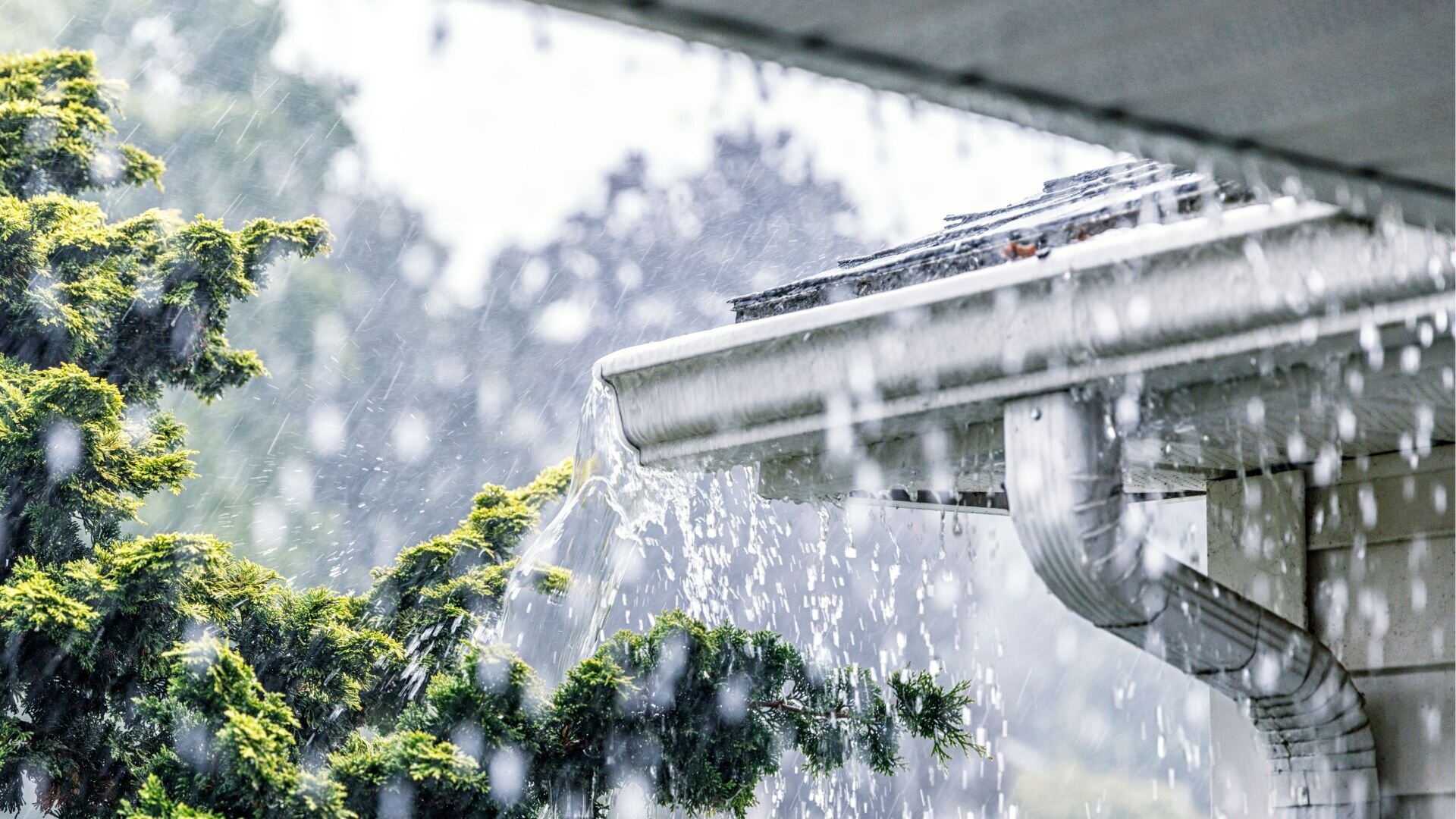
Youcan take targeted steps to improve the situation by identifying where and how drainage is failing. The following sections will cover specific solutions to these common Sydney yard moisture problems.
Grading Your Yard for Improved Drainage
Grading your yard to form a slight slope is one effective method to boost drainage. This helps surface water to flow away from your house naturally. Ideally, aim for at least a 1% grade?about a foot of drop per 100 feet. Even half this slope can significantly improve runoff.

To grade your yard, grab a transit level and some stakes to pinpoint low areas. Add soil strategically to guide water away from your home and any liquidambar trees. Ensure soil slopes gradually over a distance of 10-15 feet for a natural appearance. After a downpour, check water runoff, and apply a mulch layer of 5-10cm to aid in water absorption.
For a typical 15x15m Sydney yard, re-grading is pretty low cost and can be done in 1-2 days. This relatively small investment can pay off for years by keeping your landscape dry. Ensure any landscaping matches the new graded contours.
Constructing Efficient Gravel Gardens
For areas of your yard that constantly collect excess water, constructing a gravel garden can provide drainage. Gravel gardens are landscaped areas filled with crushed rock underneath the soil surface.
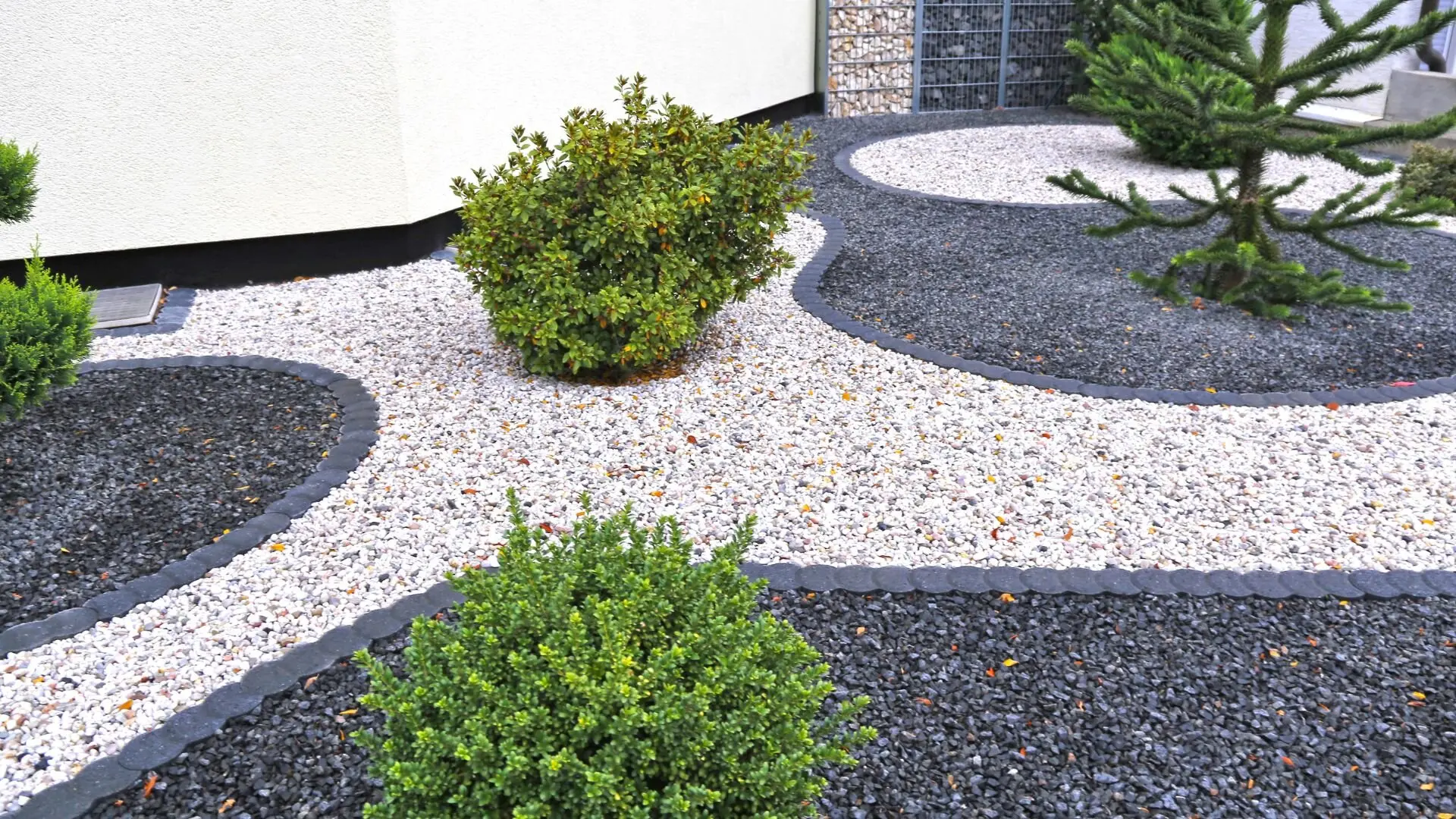
The porous gravel layer acts as a reservoir, capturing rainwater and allowing it to filter into the ground slowly, preventing waterlogging on the surface.
Tips for building a gravel garden:
- Dig out a depression around 30-45cm deep and fill with 2-5cm gravel.
- Add a layer of permeable landscape fabric over the gravel to block silt.
- Build up at least 30cm of free-draining soil mix over the fabric.
- Plant with moisture-tolerant species like irises, sedges, rushes, or grasses.
- Surround the gravel garden with edging to define it clearly.
- Situate your gravel garden near downspouts or low areas that frequently puddle. The crushed rock subsurface will hold excess moisture after storms and alleviate soggy soil.
Collecting Rainwater with Tanks
Installing rainwater tanks is an excellent way to capture precipitation and moisture that would otherwise flood your yard. Rainwater harvesting reduces runoff and provides a free water source for irrigating gardens.
There are several factors to consider when incorporating rainwater tanks into your landscape:
- Tank size?2,000 to 5,000 litres is sufficient for the average Sydney home. Larger tanks can capture more rainfall.
- Location - Situate your tank near a downpipe draining from the roof. Allow space for overflow drainage.
- Filtration - Filter leaf litter before it enters the tank, and clean it annually.
- Pump - Add a pump to distribute water around your yard quickly.
- Mosquito control - Ensure tanks have sealed screens on inlets and overflows.
- Appearance - Choose colorbond tanks or wooden covers to complement your home?s aesthetics.
Harvesting the abundance of Sydney?s rainfall provides many ecological and economic benefits for your property. Just 20mm of rain on an average roof yields 3,000 litres of free garden water.
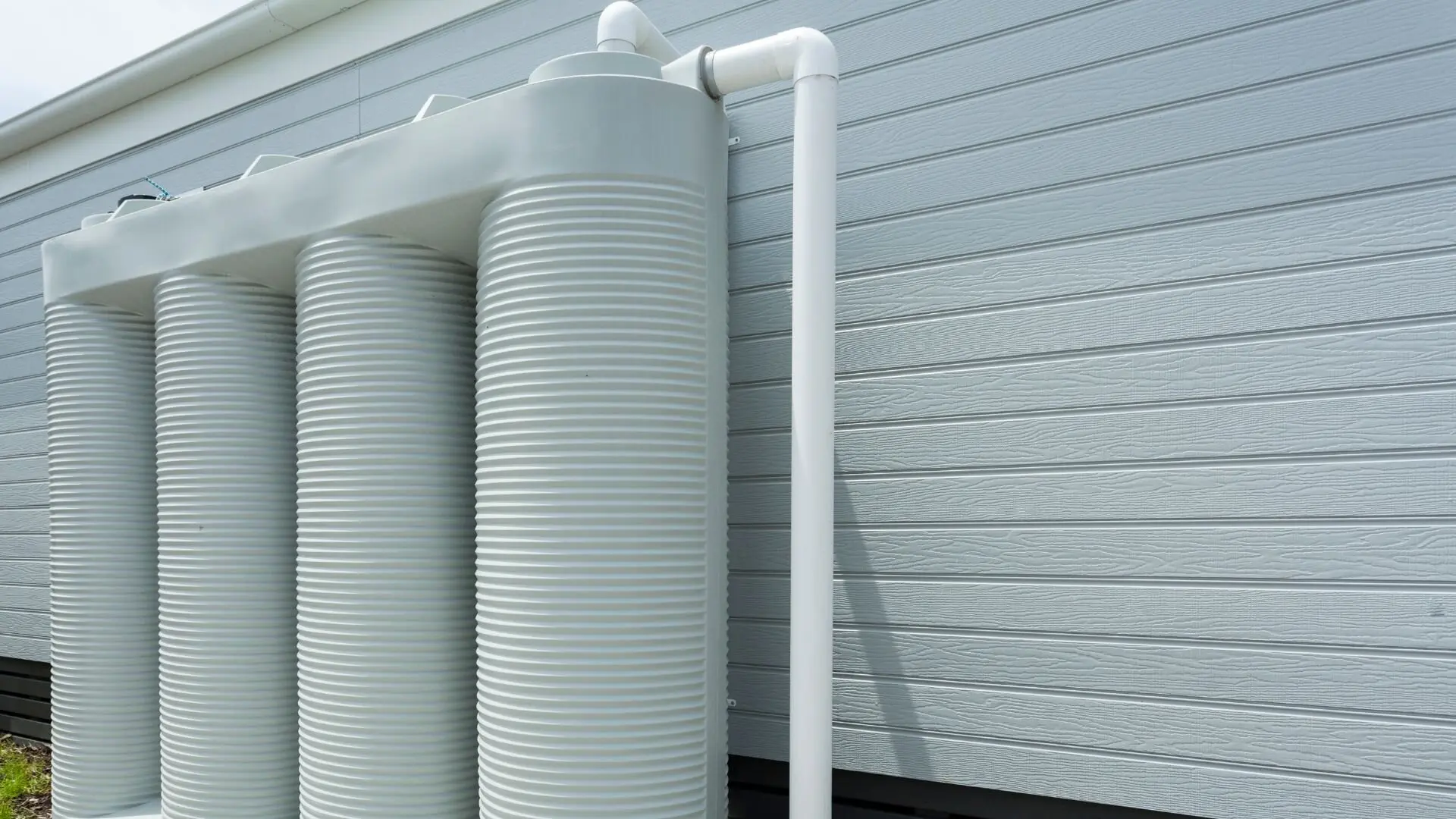
Landscaping Techniques for a Drier Yard
Aside from fundamental drainage earthworks, several landscaping techniques can achieve a drier yard in Sydney?s wet climate.
Patios, pergolas, and other covered structures are excellent for creating usable dry spaces. If you regularly deal with flooded grass, consider waterproof outdoor decking or synthetic turf. Extension pavers that allow water to flow through the cracks are another smart option.
Strategically situate thirsty trees and shrubs in consistently boggy areas or downslope to soak up excess moisture. Some suitable native varieties include banksias, grevilleas, acacias, and eucalypts. Avoid planting liquidambars near foundations.
For gardens, choose drought-tolerant species like succulents, lomandras, dianellas and anigozanthos that thrive in free-draining soil. Mulch, avoid overwatering, and raise plantings in soggy patches.
Installing drainage pipes, trenches, soak wells, and gravel pits is a more intensive solution. If moisture intrudes the structure, improving gutters, flashing, and subsurface drainage may be necessary.
Get Started on a Drier Sydney Yard
By combining strategic planning with targeted earthworks, you can address ongoing moisture problems in your Sydney garden. Using correct grading, gravel gardens, rainwater tanks, and smart landscaping techniques is essential for handling heavy rainfall.
Armed with these expert tips, it?s time to take action. Turn your waterlogged space into a thriving backyard haven this season.
Contact the team at Fixed Today for an on-site drainage assessment and custom-blocked drain solutions for your property. Their experienced plumbers can inspect trouble spots, advise on solutions, and provide competitive quotes.
Get in touch today or request a consultation online to start designing your perfect dry paradise. Together, we can control water flow and leave your Sydney yard drier than ever before.

